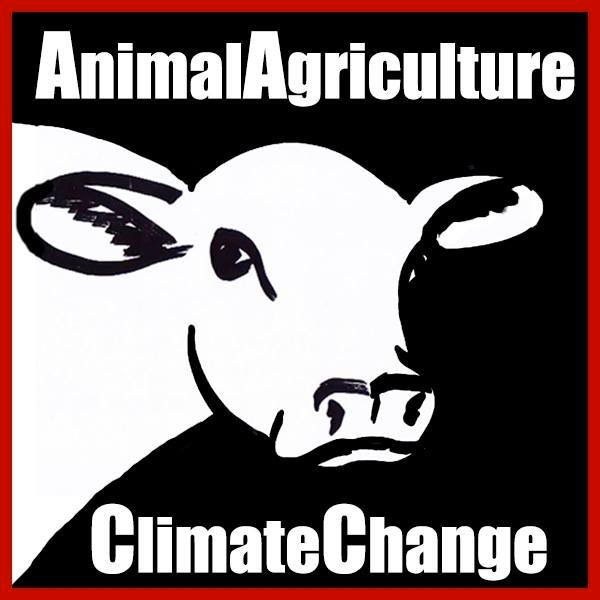This year, as consumers started to eat less meat and dairy because of their climate impacts, the American beef and dairy industries have been pushed further into defensive mode.
In California, a state legislator introduced a bill called the California Climate-Friendly Food Program, with the goal of promoting plant-based foods in schools and reducing greenhouse gas emissions linked to livestock. Within a few months, references to climate change were stripped out of the text and title. The bill instead became the California School Plant-Based Food and Beverage Program.
On the other coast, in Maryland, the state’s Green Purchasing Committee launched the Carbon-Intensive Foods Subcommittee to study which foods have the largest carbon footprints and to steer the state away from buying those foods. The administration of Gov. Larry Hogan disbanded the committee months later.
In both cases, the states’ farm and beef lobbies got their way.
Over the past year, as landmark reports advised consumers to eat less meat and dairy because of their climate impacts – and as plant-based alternatives gained traction – the American beef and dairy industries have been pushed further into defensive mode.
“It is astounding, the level of fear and pushback from the meat industry on our efforts to address the very real, substantial climate impacts of meat production,” said Kari Hamerschlag, deputy director of the food and agriculture program at Friends of the Earth, which helped develop the California legislation and is behind other legislation intended to expand state-level spending on plant-based foods.
“They don’t want to cede an inch on climate change,” Hamerschlag added.
Early this year, the EAT-Lancet Commission, in a major scientific report, urged a “comprehensive shift” in the world’s diet. In July, the World Resources Institute, the United Nations and other groups released a massive report finding that the world needs to produce 50 percent more food without expanding the food system’s carbon footprint. And in August, the United Nations Intergovernmental Panel on Climate Change released a report calling for a major overhaul in the global food system. All of them recommend lowering consumption of meat, dairy and carbon-intensive foods, especially in developed countries.
In Maryland, the state’s Green Purchasing Committee, an interagency government group charged with “promoting environmentally preferable purchasing” by state agencies, launched the Carbon-Intensive Foods Subcommittee to study which foods released higher amounts of greenhouse gases.
After the group produced a list of carbon-intensive foods, which included beef and dairy, the executive vice president of the Maryland Cattlemen’s Beef Association called it a “hit list of foods,” according to a trade media publication. The association and the National Cattlemen’s Beef Association sent a joint letter to Gov. Hogan, a Republican, asking him to disband the committee because, they said, it was operating with a political agenda.
The following month, in August, state officials said they were disbanding the committee, writing that “it has become very clear that these are complicated issues that require solutions beyond the scope of the subcommittee.”
“After much review, we have jointly determined that the goals of this subcommittee are similar to those of other state programs, and have decided that our resources would be better focused on bolstering those efforts,” they added.
The message from scientists is clear
Emissions from livestock account for about 14.5 percent of total greenhouse gas emissions, globally, and roughly two thirds of those emissions come from cattle – mostly from methane burped by cows, growing feed and clearing land for grazing and feed crops.
In October of last year, the journal Nature published a study, saying that, in order to feed the expected 9.7 billion people on the planet in 2050 – and meet the Paris climate accord goals – the world will need to shift toward plant-based diets, in addition to reducing food waste and adopting new farming technologies.
“We find that no single measure is enough to keep these effects within all planetary boundaries simultaneously, and that a synergistic combination of measures will be needed to sufficiently mitigate the projected increase in environmental pressures,” the authors wrote.
But the message to the world’s eaters was simple: Eat less meat and dairy.
However, global meat production has skyrocketed – by more than 370 percent – since 1960, straining resources and consuming land. With demand for beef and dairy expected to soar, feeding the world – and staying within a safe carbon budget — will be impossible without major shifts in consumption patterns.
But there is hope. The number of vegans and vegetarians, especially among millenials, is small but rising, and many American consumers say they’re choosing to eat less meat.
Plant-based alternatives – from companies like Impossible Foods and Beyond Meat – are jockeying for shelf space in the meat sections of grocery stores and landing on the menu at fast food chains. Industry analysts have said the market for these plant-based burger alternatives is enormous, potentially reaching $100 billion in 15 years.
Original source: https://insideclimatenews.org

